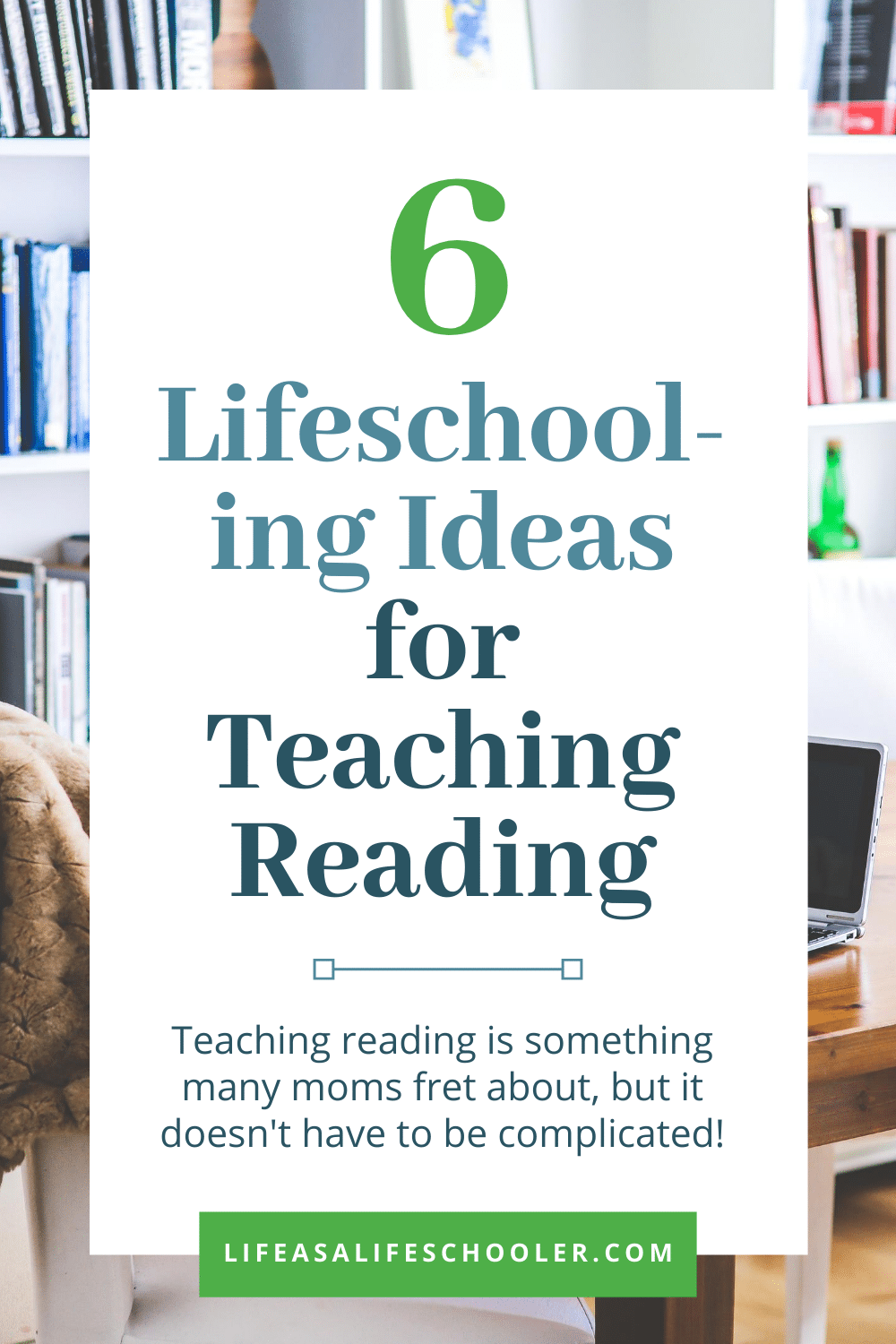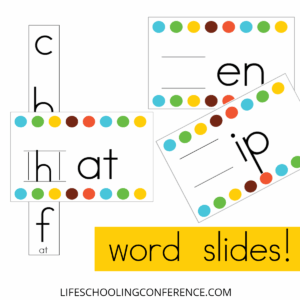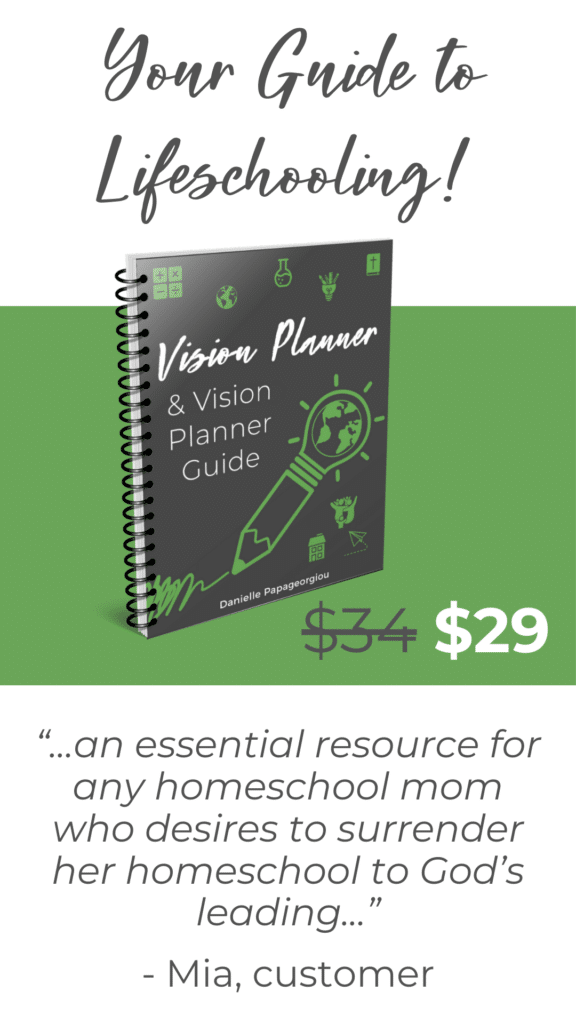6 Lifeschooling Ideas for Teaching Reading
Teaching reading is something many moms fret about and is sometimes an intimidating factor that discourages moms from even diving into homeschooling from the start. All the phonics rules and different methods can feel overwhelming, but it really doesn’t have to be complicated!
Lifeschooling fits beautifully with teaching reading because…
…reading is everywhere and it’s not hard to teach while going about your everyday life. In fact, all my children learned to read virtually on their own. (Note: Your mileage may vary…a lot! I know of a very intelligent and popular homeschool speaker who didn’t learn to read until he was 12!) I was just a guide, giving them the phonics rules and extra teaching as they went along. In fact, with my first I finally let go of the curriculum when it became obvious that it was simply turning into busywork.
New homeschoolers need to be aware early on of the importance and impact of the ability to read. I strongly believe that if a child knows how to read and learns to enjoy it (notice I said “learns”…for some it takes a little coaxing and training, but it can be taught!), then they will be set up for a successful life filled with learning. Children are naturally curious about the world around them and if you simply find those subject matters of interest, it’s amazing how far they can take it! Curricula can take a back burner during seasons of difficulty as long as your children have a love for reading and valuable interests to pursue.
6 Tips & Ideas for Teaching Reading in a Lifeschooling Way
1. Reading aloud while pointing to words.
This is such a simple way to help them start to recognize patterns in what they are seeing and hearing. Think about it… We don’t sit down with our infants and have structured “talking lessons,” do we? We simply talk to them! And somehow they pick it up on the patterns and structure of language and one day start saying words themselves. The same process can be used in teaching reading. It’s amazing how their little brains work!
2. Reading time every day.
One thing we have always had is a structured time of reading. Ours comes right after lunch when mama is needing a break. 😉 It’s a good time for me to do things like this, for example, while they spend some quiet time on their own. I’ve had to set down a few rules over the years to make sure it happened in a productive manner because some kids enjoy reading more than others. Here are my rules:
-
- Must look at books with words (Bob books, Dr. Seuss books – rhymes make learning easier, BJU readers, etc.)
- Must read for one hour.
- For older kids, they must read in a chapter book (rather than a simple kids book)
3. Point out phonics in everyday life.
Reading is an “everyday life” thing, so point it out in everyday life! On signs, while reading, in the store, etc. This keeps the learning relevant and reinforces it in little bits throughout the days. Lifeschooling is all about integrating the learning and not thinking of “school” as something segmented from real life.
4. Play a rhyming game.
Ask what rhymes with cat, for example, and see how many words you can come up with. Then show your child the words and how they all have the same “-at” ending. This is another great activity that can be done as you go about the day doing chores together or when you’re driving in the car.
5. Use word family strips.
We printed out and used some really cute phonics word family strips a lot when my children were young and it helped them learn to read and spell at the same time. I laminated them so they could use them at the table when they ate breakfast or lunch. We always love to fit in learning naturally whenever we can! I couldn’t find the ones we used in the vast maze of the internet, so I created my own that you can find in the above link!
6. Make books a part of everyday life.
Most of all, learn to relax!
If your child is not reading by a certain age, it’s really okay. I asked recently in our Lifeschooling Facebook Group what age everyone’s kids were when they learned to read and the answers were so varied! But they all learned.
We have freedom in lifeschooling to allow our children to learn at their own pace when their brains are ready, rather than to immediately slap a label on them if they don’t fit into the box. (That being said, if you suspect a deeper issue, listen to the Lord and talk to wise homeschool veterans.) Labels can be so detrimental and leave a lasting impact on our children! I have heard many stories of incredibly smart children who did not learn to read until 11, 12, or even older! So, generally speaking, we moms fret too much over this issue.
I hope these tips give you a good place to start! Do you have any of your own? Share them below so we can all learn together!
- Top Books for Entrepreneurs - November 14, 2025
- Spiritual Warfare: The Power of Praise - November 13, 2025
- How to Make Instantpot Applesauce in 30 Minutes or Less! - September 30, 2025





